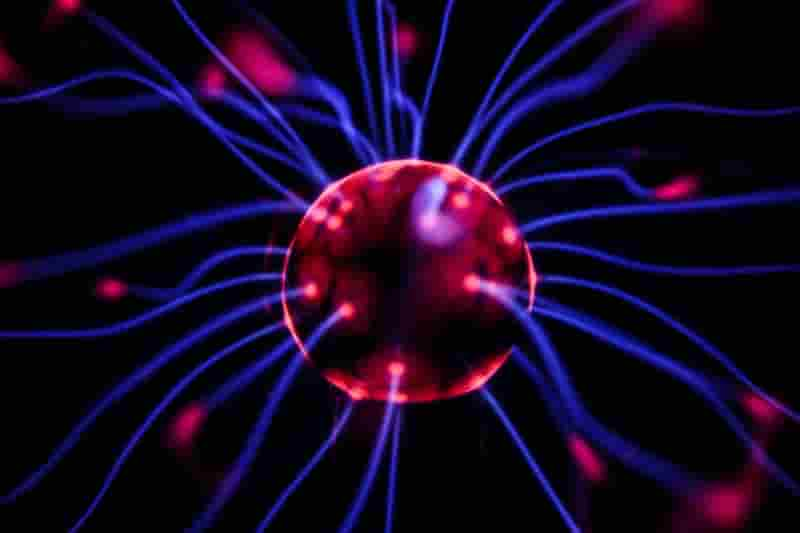Seizures are more prevalent than it may seem. They can happen after a head injury, stroke, infection, or another illness. Often, the cause is unknown, but fortunately, not knowing the exact cause won’t negatively impact the management of this neurological disorder.
Let’s have a more in-depth look at seizures.

Seizures happen when there is an electrical disruption in the brain. It impacts behavior, muscle movement, feeling, and a person’s level of consciousness. The severity of a seizure depends on the type, but they can last anywhere from a few seconds to minutes.
Seizures that include violent shaking of the body and complete loss of control are considered severe. Also, when a seizure lasts longer than five minutes, it is considered a medical emergency. That being said, mild seizures shouldn’t be ignored as they can be a sign of an underlying medical issue that needs to be investigated.
If you suffer two or more seizures 24 hours apart, you may have epilepsy. The good news is that with proper medical treatment, most seizure disorders are easily controlled.
The Types of Seizures
There are two major types of seizures: focal onset seizures and generalized onset seizures.
Focal Onset Seizures
These types of seizures involve only a small area of the brain and are also known as partial seizures. They can further be divided into simple focal seizures that have minimal effects and complex focal seizures that leave a person confused and disoriented. Simple focal seizures may cause minor twitching or a change in taste or smell, whereas the complex variety is more noticeable, causing unresponsiveness for up to a few minutes.
People who have this seizure type can also get secondary generalized seizures. These begin in one area of the brain but then spread elsewhere. In other words, it’s a focal seizure that progresses into a generalized seizure.
Generalized Seizures
These seizures involve multiple areas throughout the brain. Examples are absence seizures or petit mal seizures—which cause rapid blinking or a “zoned out” look and last for a few seconds. Tonic-clonic seizures, better known as grand mal seizures, have more severe signs.
People that have these severe seizures can:
• Fall to the ground.
• Cry out.
• Lose consciousness.
• Experience muscle jerks and spasms.
It’s common to feel drained after a tonic-clonic seizure.
Another type is called atonic seizures, where a person’s muscles suddenly lose all tone. These seizures are also known as drop attacks. Fortunately, this type of seizure is brief and lasts only around 15 seconds. Of course, the risk of getting injured when you fall is much higher when you suffer this type of seizure.

Seizure Symptoms
As mentioned, it is possible to have both types of seizure simultaneously, or one can happen after the other.
At times, certain symptoms will happen before the actual seizure occurs.
Some of these include:
• Sudden anxiety
• Dizziness
• Bad vision
• Spasms or tremors in arms or legs
• Headache
Symptoms that demonstrate the seizure is still taking place are:
• Loss of consciousness, followed by confusion
• Uncontrollable muscle tremors
• Drooling
• Falling
• Clenched teeth
• Biting of the tongue
• Rapid eye movements
• Grunting and making other unusual noises
• Loss of control of bladder or bowel function
• Change in mood
What Causes Seizures?
Many conditions can bring about seizures. Some types of seizure disorders—chiefly epilepsy—run in the family. It’s important to let your doctor know of any history of seizures in your family. This information is critical in treating young children who have seizures.
Anything that disturbs the brain’s function can lead to seizures.
Some examples are:
• Meningitis or other brain infection
• Brain injury or head trauma
• Brain defect
• Alcohol and drug withdrawal
• Drug abuse
• Choking
• Electrolyte imbalance
• Electric shock
• High blood pressure
• Fever
• Kidney or liver failure
• Low blood sugar levels
• Stroke
• Brain tumor

Diagnosing Seizures
It can be difficult to diagnose the type of seizure a person is having. After considering medical history, the neurologist may recommend you undergo specific tests, including:
• Blood tests to check for any electrolyte imbalances.
• A spinal tap in case there is an infection.
• A toxicology screening.
• An electroencephalogram (EEG).
• A computed tomography (CT) scan.
• Magnetic resonance imaging (MRI) scan.
The EEG is very helpful as it records and measures your brain waves. Certain variants in brain waves are ultimately diagnostic for specific types of seizure disorders.
Seizure Treatment and Management
The treatments utilized depend on the type of seizure. However, understanding the specific cause of the seizure and treating it can prevent you from having future seizures.
The most common treatments for seizures include:
• Medications
• Surgery
• Nerve stimulation
Another well-documented way to prevent seizures is following a ketogenic diet. This low-carb, high-fat way of eating has proven benefits to anyone who suffers from seizures.
Final Thoughts
There’s no denying that living with seizures can be challenging. However, if you have the right knowledge and support, you can live a comfortable and happy life.
Don’t be shy about your condition—tell your family and friends and educate them on how to care for you if you have a seizure. They should know to cushion your head, turn you on your side if you vomit, and protect you from your surroundings to prevent further injury.
Active and mindful management of your condition, especially taking medications on time, will lead to the best outcomes.


 Diabetes Treatment & Prevention
Diabetes Treatment & Prevention 5 Healthy Habits
5 Healthy Habits Aging too Fast?
Aging too Fast? Is Coffee Bad for You?
Is Coffee Bad for You? Natural Remedies
Natural Remedies